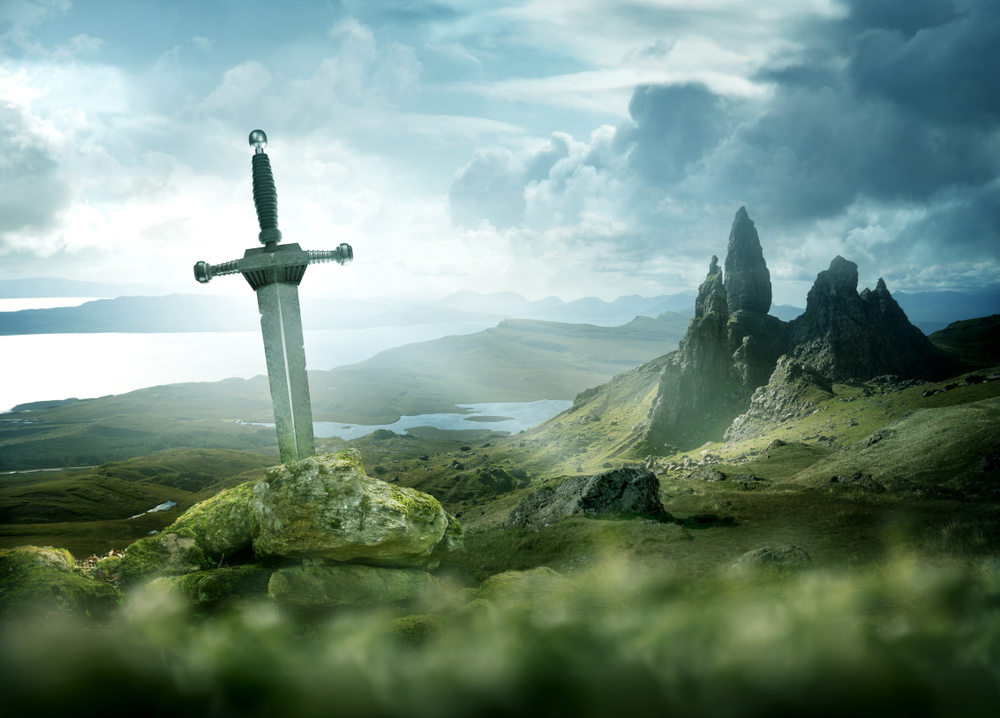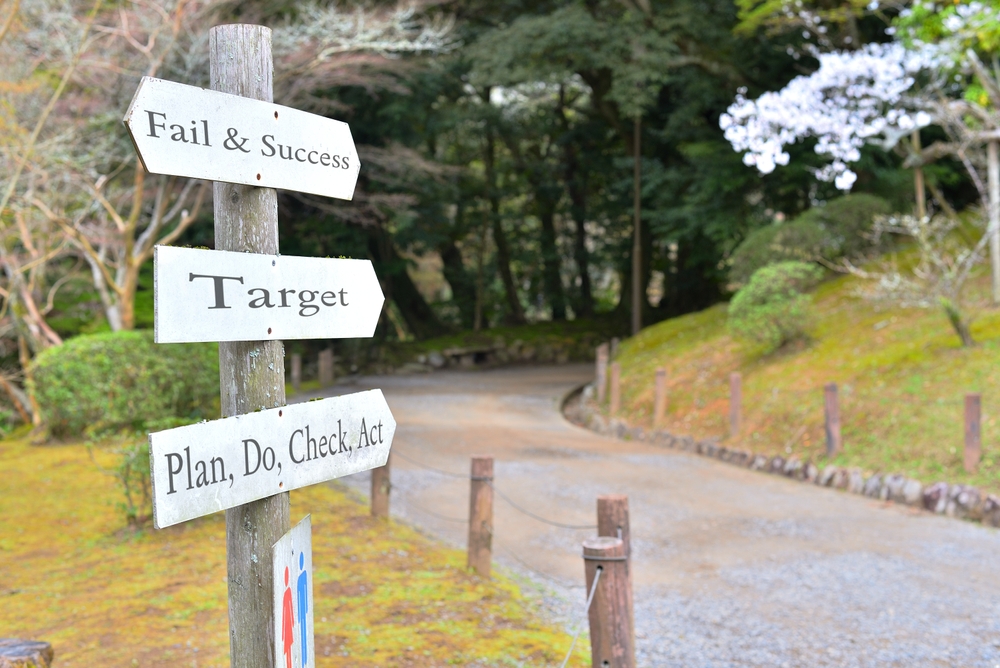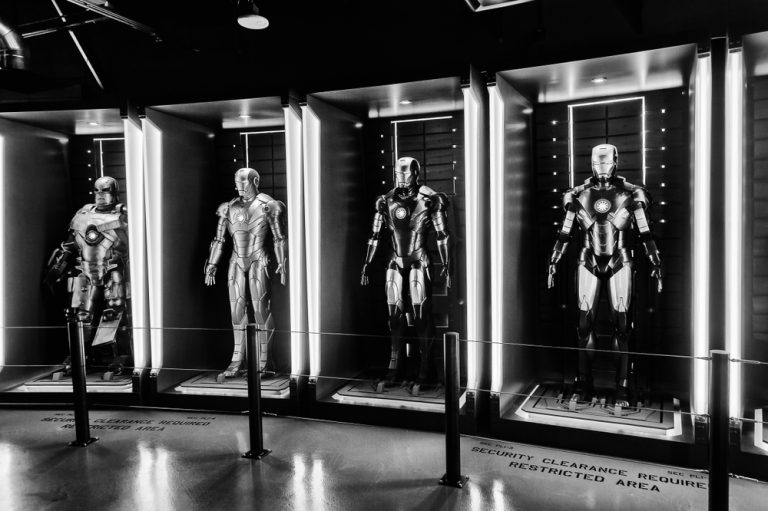Beyond the call. The Hero’s Journey as a marketing framework (that still works, sometimes)
A story is never just about events. It’s about movement through change. That’s what makes it useful in marketing and why we still reach for the hero’s arc, even when it doesn’t quite fit.
Every time the Hero’s Journey is declared passé, it stages a comeback. Rebranded. Repurposed. Recast. From origin stories on startup landing pages to dramatic “before and after” narrative in fitness marketing, Joseph Campbell’s monomyth continues to hold sway. It’s been adapted so many times, across so many industries, that one might assume it’s simply how stories are told.
And yet, alongside this reverence runs a current of fatigue. Critics call it formulaic. Narrow. Masculine. Colonial. Unfit for the nuances of modern identity, collective action, or nonlinear transformation.
So, which is it?
This essay argues that the Hero’s Journey is neither a storytelling gospel nor a structural villain. It is a lens, a flexible one, and like any lens, it can reveal new meaning or distort it. Its power lies not in faithful replication, but in intentional adaptation.
Let us begin, then, with the myth’s own origin.
I. Campbell’s monomyth and the myth of universality
In 1949, Joseph Campbell’s The Hero with a Thousand Faces introduced what would become known as the monomyth: a single narrative structure underlying mythologies across cultures. Though hotly debated in literary and anthropological circles, its impact on modern storytelling, especially film and marketing, is undeniable.
The cycle is often presented in twelve stages:
Call to Adventure → Refusal → Mentor → Crossing the Threshold → Trials → Ordeal → Reward → Return with the Elixir, and so on.
For simplicity, many compress it into three acts:
- Departure
- Initiation
- Return
What made this structure so appealing to marketers wasn’t its literary pedigree alone, but its emotional predictability. The arc promised drama, challenge, and change. It lent structure to even the vaguest brand narrative.
It also promised resolution. And resolution sells.
But herein lies the first misunderstanding. The Hero’s Journey is not a formula to be followed. It’s a metaphorical container. A frame. And as any student of visual art or semiotics will remind us, frames do not just hold meaning. They shape it. When we forget that, we flatten the journey into cliché.
II. Why the hero still (sometimes) holds
Despite critiques, there are contexts in which the Hero’s Journey still delivers powerful resonance. These are typically industries centered on personal transformation, where the change is not only emotional or narrative but existential.
Consider, for instance, these examples:
- Fitness coaching, where the journey from “before” to “after” mirrors both body and identity shifts.
- Life coaching or therapy, often structured around thresholds, trials, and returns.
- Entrepreneurial storytelling. Failure-pivot-triumph narratives are textbook monoliths.
- Personal brands. Influences and thought leaders frequently build authority by narrating their own arcs of reinvention.
In such cases, the appeal is intuitive. The customer is not merely buying a product or service; they are buying into a vision of themselves on the other side of transformation. The brand, positioned as guide, challenge, or catalyst, participates in this shift.
Here, the structure amplifies meaning rather than restricting it. It provides the emotional scaffolding needed for the customer to imagine change.

But not all stories need heroes, and not all buyers are on a quest.
III. When the arc breaks. Brands that don’t fit the journey
There are entire categories of marketing where the Hero’s Journey feels not only insufficient, but irrelevant.
B2B software.
SaaS onboarding.
Community-driven platforms.
Most of these interactions are not identity-shifting. They are about efficiency, integration and compatibility, not dragons and destiny.
Moreover, in a digital age defined by networks, collectives, and co-creation, the model of a lone protagonist facing trials often misrepresents the reality of how people engage with brands. The Hero’s Journey is individualistic. Linear. Often masculine-coded. It implies climax, catharsis, and closure. But many modern brand narratives are open-ended, cyclical, and shared.
Consider:
- Slack, whose story isn’t about conquering inboxes but about enabling seamless collaboration. The product is part of a system, not a solo quest.
- Patagonia, which positions itself not as hero but as activist, inviting its audience to act alongside, not beneath.
- Finnish brands like Kyrö Distillery or Makia, which foreground place, weather, absurdity, and community. The protagonist is often Finland itself, or the personified “we”.
In these cases, applying the Hero’s Journey risks warping the brand’s narrative DNA. It imposes plot where there should be presence.
It narrows what should be a network into a line.
IV. Adaptive structures: using the journey without obeying it
Still, one need not discard the monomyth entirely. Instead, it can be deconstructed, sampled, and repurposed. In brand storytelling, this might mean:
- Using the Call to Adventure as a framing device for a landing page or opt-in challenge.
- Structuring onboarding emails around trials and thresholds, small wins and friction points.
- Presenting the customer testimonial as a return narrative, which has become the default structure in case studies, especially in B2B. “Here’s who I was/we were before. Here’s who I am/we are now. Here’s what helped/how company X helped us.”
- Crafting a campaign in which the brand is the mentor, not the protagonist.
In contrast to ego-driven narrative, this shift from protagonist to guide has become a hallmark of ethical brand storytelling. Think about Nike’s “Find Your Greatness”. The story isn’t about Nike. It’s about you. Nike simply names the threshold and dares you to cross it. This narrative humility allows for emotional depth without centering the brand’s ego. It retains the shape of the journey, but not the spotlight.
V. Who’s the hero here, really?
This question, deceptively simple, should sit at the heart of every brand strategist’s desk:
Who is the hero in your story?
Many brands assume it’s them. They speak of their journey, their obstacles, their breakthroughs. But the Hero’s Journey works best when the customer is the one transforming. In this reframing:
- The brand becomes the mentor. Wise. Flawed. Necessary.
- The offer becomes the threshold – or the call to the quest – to be accepted or refused.
- The content becomes the guidebook. Partial. Suggestive. Powerful. And incomplete without the audience’s choice.
This reframing opens the door to the next essay in this series, where we will ask: if the brand isn’t the hero, might it be the villain? Or the world? Or the wound? Because some stories require witnessing, not saving.
VI. Conclusion. The arc remains, but the archetype shifts
The Hero’s Journey is not obsolete, but it is no longer universal. Its real value lies in the arc it offers, a movement through change; not in the archetype it assumes. It is one pattern among many, best used when its form aligns with the truth of the brand’s purpose and the psychology of its audience.
To use it well is to use it knowingly. To mistake it for the only map is to get lost in the story’s reflection.
Storytelling isn’t about glorifying the journey. It’s about choosing the shape that fits the truth.
Map your brand’s journey, then flip it
Take fifteen minutes.
Sketch your brand story using the Hero’s Journey. You don’t have to be precise, just approximate the beats.
Now ask:
- Who is the actual protagonist?
- Where are the thresholds, and are they still thresholds?
- What if the brand is not the hero, but the mentor? The world? The wind?
And if the story isn’t over, what part are you in now?
Maybe this isn’t the return. Maybe it’s the second refusal. Maybe the gift hasn’t been found yet.
Maybe the journey is just getting interesting.







